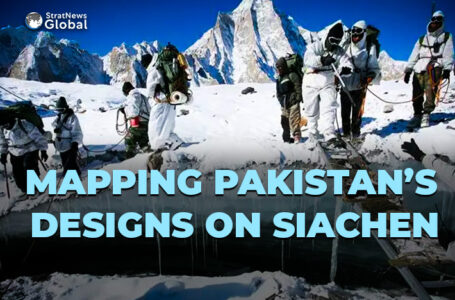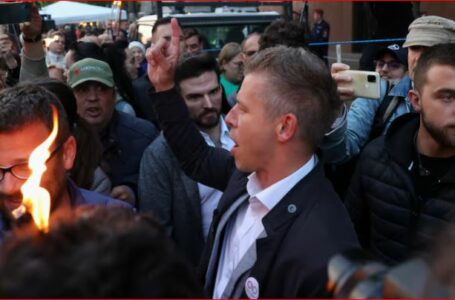Thousands March For Child Protection In Hungary, But PM Orba...
From The Balkans To Bucha, Ukraine; What Is A False Flag Op Or Perception Information Management?
NEW DELHI: An excerpt from a discussion with Ambassador Asoke Mukerji, India’s Former Permanent Representative to the United Nations and StratNews Global Associate Editor Amitabh P. Revi.
Watch the complete conversation here: https://www.youtube.com/watch?v=RmJUKSO8DDI&t=878s
Transcript:
In think tanks, this is called perception information management. In the common world, it’s called false flag operations or setting up incidents to provoke a reaction and cause a chain of events. Now what you refer to in Sarajevo. There was during the Balkan wars in Bosnia, there was an incident in 1996, which involved a mortar attack on a street which killed 68 people and injured a large number of others. Immediately this attack was taken up and explained as a mortar attack by the Bosnian serbs on innocent civilians in Sarajevo. And that triggered off the bombing by NATO of the Bosnian Serbs. But in terms of the record, it’s interesting to note that when this happened within two hours, the chief un forensic inspector, a colonel from the Russian army at that time, Andrei Demurenko. He took the trouble to investigate how this mortar shell had exploded on that street. And in two days, he was able to demonstrate that mortar shell could not have been fired from the Bosnian Serb positions, but probably had been placed on the street and timed to explore and he gave the example of a crater which is formed by that way of exploding the mortar shell and killed those 68 people and injured many more. So when he wrote this report, his superiors asked him not to publish it. But he was bent on publishing it. And he spoke about it to his American colleagues. He had been the first Russian army officer to have been trained in Fort Leavenworth, Texas after the Cold War. There was in those days a very close relationship between the United States and the new Russia. There is an article in ‘Military Journal’ authored by an American coursemate of Colonel Demurenko, which actually gets the details of how Colonel Demurenko examined the site and came to the conclusion that he did. And many years later, that same evidence was actually introduced in the International Criminal Tribunal for the Former Yugoslavia, the ICTY in the Hague when they were trying Radovan Karadžić. Colonel Demurenko’s evidence runs into 100 pages. These are things that you cannot sweep under the carpet. But the problem is that information perception management, the important thing is to take advantage of the moment and then to set in course a series of actions based on the way this information has been used. So unfortunately, a lot of people who are not involved in the conflict or are not on the spot will have no way of verifying what is true and what is not true. That is why it’s sometimes called a false flag operation. So this is one case that is very well known, documented in the Hague tribunals records. The other case was in 1999 January in Kosovo in a village called Račak, where 45 people were killed. There were two points of view. One point was that these were ordinary villagers who were killed by the Yugoslav army. And the other point of view was that these were members of the Kosovo Liberation Army who were in a firefight with Yugoslav armed forces. But the way this event was used was again to initiate action to which led to the NATO bombing of Yugoslavia for 78 days. So these have happened. We thought that having now had the luxury of a lot of time has passed, academic work has been done. papers have been published, the world would have been wiser. But, probably with the new technologies that are now around us, this is still a hope and not a reality because the new technologies that disseminate information do not give people the luxury of waiting for verifiable data, verifiable information, before they make their views and positions known.





















